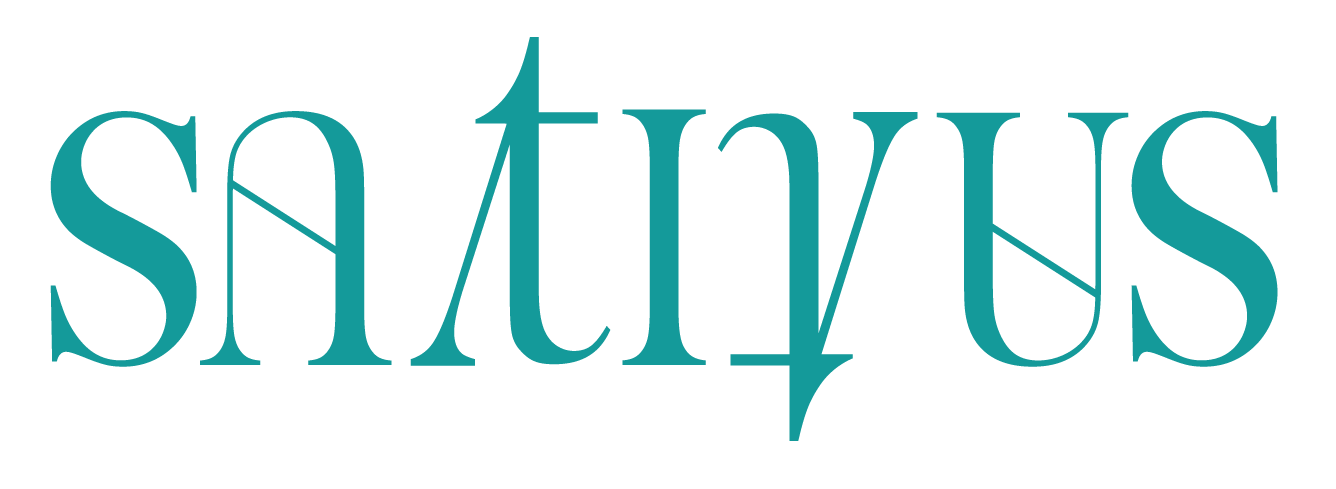Adoption Pathways – Example
For research to have impact, it needs to create change, which means stakeholders need to be aware of the outcomes that align with the changes they need to make. You can’t give someone a car and expect them to start using it straight away if they have no idea how to drive it. It is important to think about what the adoption pathways are for research projects, and how these can be integrated as actions into the project.
To start building an RD&E pathway that leads to the adoption of science, a clear outcome statement is required. An outcome statement is the statement of the change that the science is trying to create, in the context of how it impacts the end-user. The outcome statement must use language that the audience will understand and should be written in less than 50 words. It takes lots of practice to refine this core statement, which underlies all the communications for a project and is essential for building effective extension and adoption pathways. It usually takes quite a few revisions to incorporate the language and the context needed for an effective outcome statement, and to convey really quickly and clearly what the project is going to achieve. It needs to be a definitive statement ‘it will do something’ – not, ‘maybe’ or ‘might’ or ‘should’. This is the core of any potential project idea. Although there are no certainties when it comes to the science, there should be certainties about what the project is aiming to achieve, even if it’s to create more understanding.
An outcome from a project can be a commercialisable product, but more often than not it won’t be. It can be the addition of more knowledge to support risk mitigation and management or better understand the root cause of a problem, it could be a practice change, helping someone change the way they do something. For example, improving how people wash their hands to improve food safety. Or it could be an outcome that supports an existing practise, adds weight to the value of what is already being done, which can be extremely valuable. Imagine a farmer that’s been doing something one way forever because based on their experience, and no other empirical evidence, that was the way they thought it was best done, and then research provides the evidence to support that existing practise. That can be extremely valuable. After the outcome statement is finalised, and it is clear what the science is going to achieve, the pathway to getting to that change can be worked out. How a project is conducted and communicated to change practice is its “adoption pathway”.
What all this means, is that even when starting a project, it is important to keep in mind how the science will need to create change and then incorporate that into how the project is conducted to influence the pathway the research needs to follow. For commercial outcomes in particular, this all gets a bit more complicated because the commercial space also needs to be understood – someone has to be able to manufacture the outcome of the project, scale it up and then take it to market. Commercial partners also become end-users then in this situation because they also have to change practice – they will need to change what it is that they are doing to be able to manufacture and sell the product. Which means their needs should also influence the outcomes aimed for with your projects.
All of these potential end-users may require something a bit different to support their practice change, the adoption pathways will be different for each of them. There may be a lot of steps that will need to be taken for science to achieve adoption, but by integrating a more holistic approach into the scope of your projects, you can facilitate adoption and practice change a lot sooner, or a lot more effectively.
- Define the term ‘ adoption pathway’.
- Explain why understanding an adoption pathway is important.
- Map out the adoption pathway for a study you are currently working on.
For a science project you have been involved in in the past:
- Was the adoption pathway for the science clear?
- Explain how the project could have been modified to better align with the adoption pathway.
Adoption Pathway
For your research to have impact, it needs to create change, which can’t happen if no one knows about the outcomes, or if your research doesn’t align with how the change needs to be made. You can’t give someone a car and expect them to change their current practise of riding a bike if they don’t know how to drive. This webinar will help you start thinking about what the adoption pathways for your science may be, and how you can integrate actions into your projects along the way to achieve greater impact, sooner.
